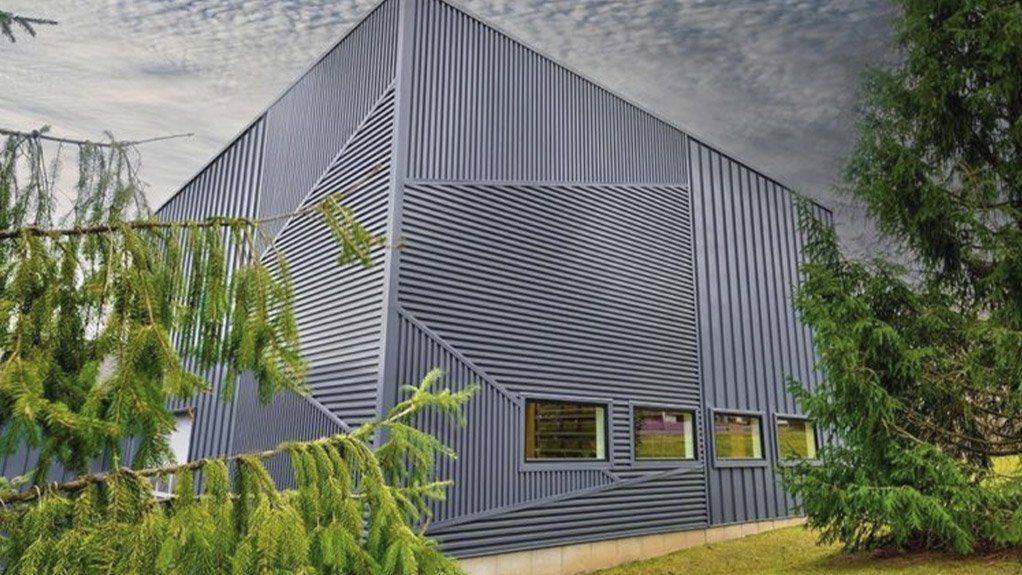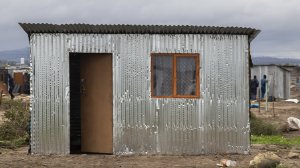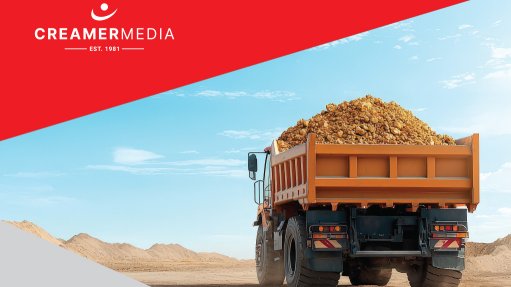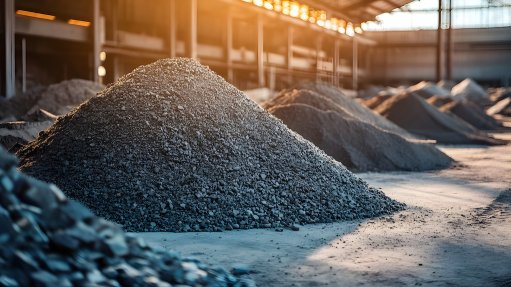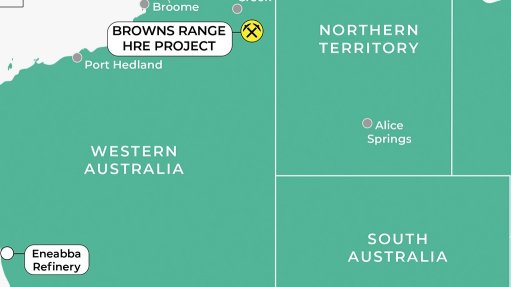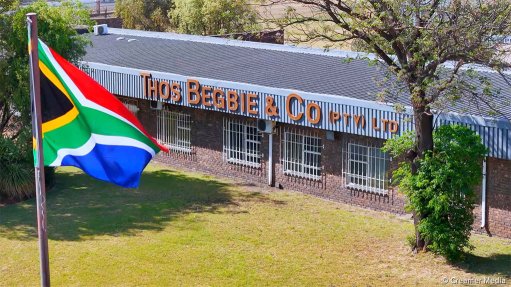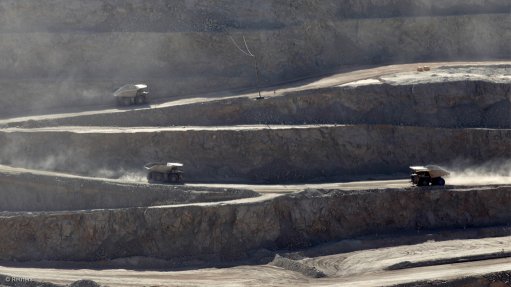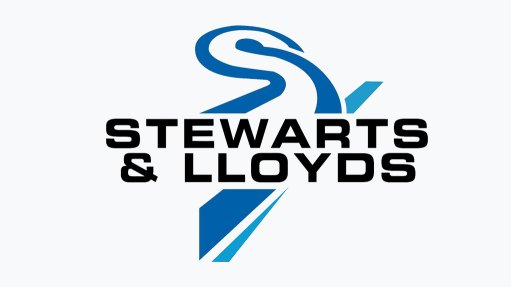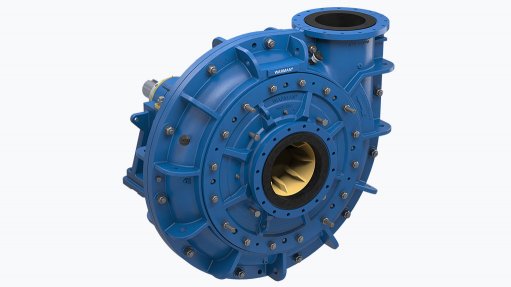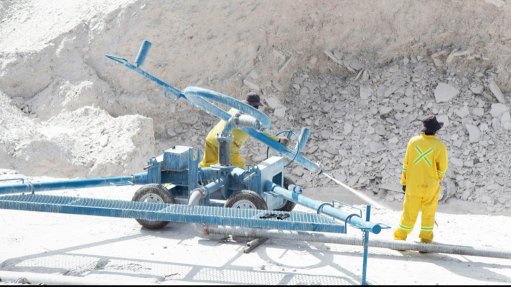HDGASA and SAMCRA collaborate on steel roof sheeting to ensure safety and quality
This article has been supplied and will be available for a limited time only on this website.
Although steel roofing has long been a primary construction material in industry, it is becoming increasingly popular in both the commercial and residential spaces. However, many end-users - and even members of the industrial value chain - are not fully aware of the different steel thicknesses, or of metallic and organic protective coatings. This increases the risk of substitution with inferior products, especially in the price-sensitive lower end of the market.
This is why Dennis White, head of the Southern African Metal Cladding and Roofing Association (SAMCRA) and the Hot Dip Galvanizing Association of South Africa (HDGASA) are lobbying for the new South African Bureau of Standards (SABS) standard - developed specifically for self-supporting metal cladding, including metal tiles - to be elevated from best-practice to mandatory status, as part of the soon-to-be revised National Building Regulations. This will make the standard a legal requirement.
Old technology, contemporary challenges
Corrugated galvanized steel roofing dates back to the Victorian era, when the sheets were hand- dipped to produce a very thick coating of approximately 79 microns. Today, the steel is pre-galvanized, with coatings ranging from 4 to around 19 microns thick, and often augmented by organic or painted coatings of varying quality and thickness.
Contemporary challenges include draining from photovoltaic (PV) panels or inert surfaces onto a galvanized surface. This produces an accelerated corrosion effect known as drip spot corrosion. Within 18 months of placing PV panels on to an existing galvanized roof, rust spots appear. SAMCRA and the South African Photovoltaic Association are now writing a joint code of practice to deal with this.
Another revolves around preventative maintenance: “If there is proper preventative maintenance, a roof will virtually last forever. However, if there is only reactive maintenance after a leak, it is too late. That can be a very costly,” White observes.
In South Africa, one of the biggest concerns is the thickness of both the steel core and coating on hot dip galvanized steel sheeting typically used for informal, sub-economic housing: “Currently, material sold into this sector by unscrupulous dealers is 0.18mm thick, with a 4 micron galvanised coating - compared with the 0.46mm thickness and 14 micron coating deemed to satisfy the National Building Regulations. People are being cheated in terms of what they are purchasing.”
Safety and quality concerns
“Now, the quality of the product has reduced to a point where it is no longer safe. There is a mandatory national standard that specifies the forces sheeting has to withstand - but this is ignored by these unscrupulous dealers,” White warns.
He explains that a rudimentary structure or shack typically consists of a couple of blue gum poles to form a skeleton. The steel sheeting is the so-called weatherproof skin on the outside. The contents of shack are often made up of synthetic fabrics - such as bedding - which burns very quickly at high temperatures. A fire burns through this very thin metal and jumps from one shack to the next. This is a crucial safety issue.
“That is why we want this new standard to be converted to a mandatory specification, which will make it illegal to sell sub-standard steel sheeting. The committee that is working with this has determined a minimum thickness for the steel core because, when it comes to metal cladding, the strength of the product - that is, its ability to span between two supports - is related to the thickness of the steel core, whereas the thickness of the coating provides the durability of the product.”
‘Steely’ collaboration
“Collaboration between organisations such as SAMCRA and the HDGASA is crucially important. Not only do we contribute to the development of these critical quality standards, but we also help the greater steel supply chain - and industry as a whole - to understand the very real problems arising from poor quality and non-compliance.
It comes down to two pools of knowledge focused on one particular area: the safety and quality. As such, we are a network of specialists and industry associations, staffed by dedicated technical experts, working in close collaboration to keep this ship afloat and on a steady course,” White concludes.
Article Enquiry
Email Article
Save Article
Feedback
To advertise email advertising@creamermedia.co.za or click here
Press Office
Announcements
What's On
Subscribe to improve your user experience...
Option 1 (equivalent of R125 a month):
Receive a weekly copy of Creamer Media's Engineering News & Mining Weekly magazine
(print copy for those in South Africa and e-magazine for those outside of South Africa)
Receive daily email newsletters
Access to full search results
Access archive of magazine back copies
Access to Projects in Progress
Access to ONE Research Report of your choice in PDF format
Option 2 (equivalent of R375 a month):
All benefits from Option 1
PLUS
Access to Creamer Media's Research Channel Africa for ALL Research Reports, in PDF format, on various industrial and mining sectors
including Electricity; Water; Energy Transition; Hydrogen; Roads, Rail and Ports; Coal; Gold; Platinum; Battery Metals; etc.
Already a subscriber?
Forgotten your password?
Receive weekly copy of Creamer Media's Engineering News & Mining Weekly magazine (print copy for those in South Africa and e-magazine for those outside of South Africa)
➕
Recieve daily email newsletters
➕
Access to full search results
➕
Access archive of magazine back copies
➕
Access to Projects in Progress
➕
Access to ONE Research Report of your choice in PDF format
RESEARCH CHANNEL AFRICA
R4500 (equivalent of R375 a month)
SUBSCRIBEAll benefits from Option 1
➕
Access to Creamer Media's Research Channel Africa for ALL Research Reports on various industrial and mining sectors, in PDF format, including on:
Electricity
➕
Water
➕
Energy Transition
➕
Hydrogen
➕
Roads, Rail and Ports
➕
Coal
➕
Gold
➕
Platinum
➕
Battery Metals
➕
etc.
Receive all benefits from Option 1 or Option 2 delivered to numerous people at your company
➕
Multiple User names and Passwords for simultaneous log-ins
➕
Intranet integration access to all in your organisation




